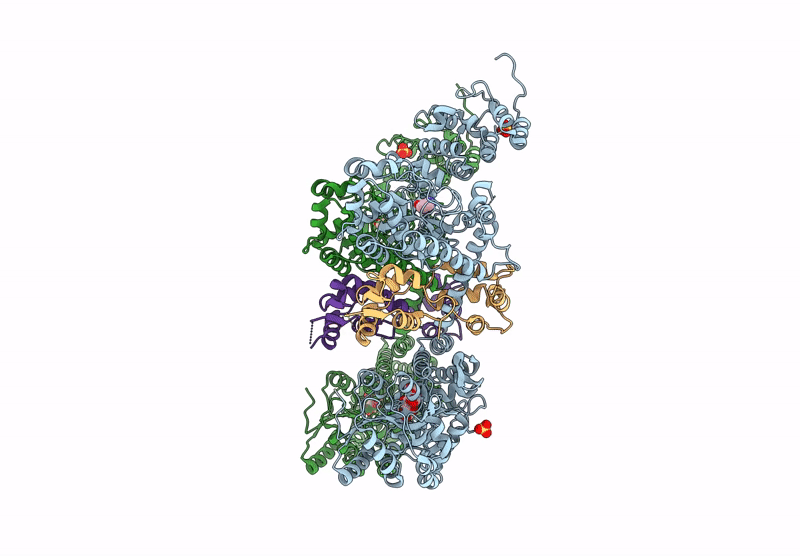
Deposition Date
2022-01-26
Release Date
2023-01-25
Last Version Date
2023-11-29
Entry Detail
PDB ID:
7WR3
Keywords:
Title:
Crystal structure of MBP-fused OspC3 in complex with calmodulin
Biological Source:
Source Organism:
Bolitoglossa (Taxon ID: 8333)
Shigella flexneri (Taxon ID: 623)
Homo sapiens (Taxon ID: 9606)
Shigella flexneri (Taxon ID: 623)
Homo sapiens (Taxon ID: 9606)
Host Organism:
Method Details:
Experimental Method:
Resolution:
1.87 Å
R-Value Free:
0.22
R-Value Work:
0.19
R-Value Observed:
0.19
Space Group:
P 1 21 1


